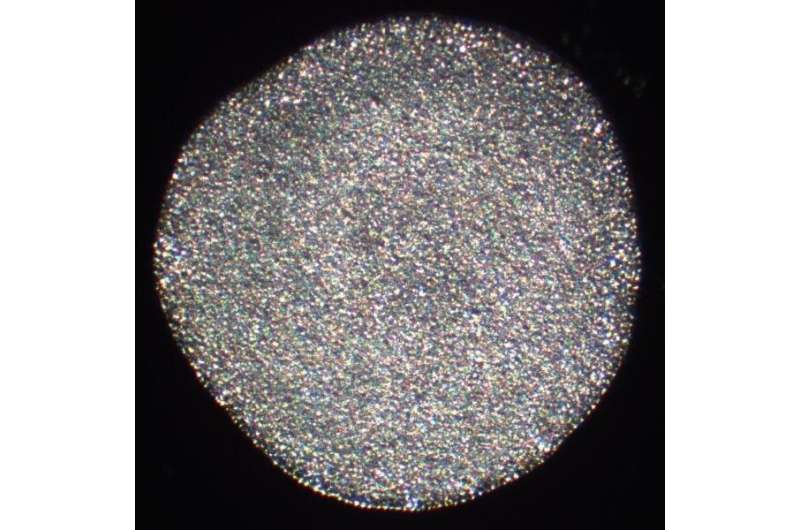This article has been reviewed according to Science X's editorial process and policies. Editors have highlighted the following attributes while ensuring the content's credibility:
fact-checked
peer-reviewed publication
trusted source
proofread
Traces of DNA in the stomachs of predatory snails provide new insights into the ecology of placozoans

Placozoans are among the simplest animals and occur worldwide in coastal waters. It was previously assumed that the tiny creatures, which measure just a few millimeters, live either on hard surfaces—such as rocks, corals, and mangrove roots—or float in open coastal waters as so-called "swarmer" stages.
Through analysis of DNA traces in the stomachs of predatory sea slugs, a team led by LMU geobiologist Professor Gert Wörheide has demonstrated that the animals also live in the seabed sediment, a habitat they were previously thought not to colonize. In addition, they are more genetically diverse than had been known, as the researchers report in the journal Ecology and Evolution.
With their flat, disk-shaped bodies, all placozoans worldwide look strikingly similar. Nevertheless, Wörheide and his team were already able to demonstrate in previous studies that there are huge genetic differences between them. "These differences are comparable with those between humans and mice," emphasizes the geobiologist.
Due to their diminutive size and inconspicuousness, placozoans are challenging to study in their natural environments. To gain a better insight into the ecology of the animals, the researchers exploited the fact that small shell-less sea slugs from the Rhodopidae family feed on placozoans.
Among the undigested meals of sea snails
"We hoped we could find undigested remains of placozoans in the stomach contents of the snails, which we could then perform molecular analyses on," recounts Dr. Michael Eitel, lead author of the study. "To this end, we bioinformatically investigated publicly accessible genetic data for the snails for traces of placozoan DNA."
To the researchers' surprise, they also identified the DNA of placozoans in the stomachs of snails that live exclusively in seabed sediments—a habitat that all experts had previously ruled out for the very fragile placozoans.
"Clearly, however, their presence in sediments is a normal occurrence and could even play a key role in their biology, particularly in their sexual reproduction, about which we have only rudimentary knowledge," says Eitel.
Furthermore, the scientists discovered an unexpectedly large genetic diversity. In the stomach contents of just two snails, they found five genetically different lineages, of which three had never been described before. In the view of the researchers, this indicates that the diversity of placozoans is much greater than previously assumed.
"Our results will have a big impact on our picture of the developmental history of one of the oldest phyla on Earth," says Wörheide. "At the same time, the major new habitat discovery literally adds another dimension to the ecology of placozoans."
More information: Michael Eitel et al, Beauty in the beast – Placozoan biodiversity explored through molluscan predator genomics, Ecology and Evolution (2024). DOI: 10.1002/ece3.11220
Journal information: Ecology and Evolution
Provided by Ludwig Maximilian University of Munich
















